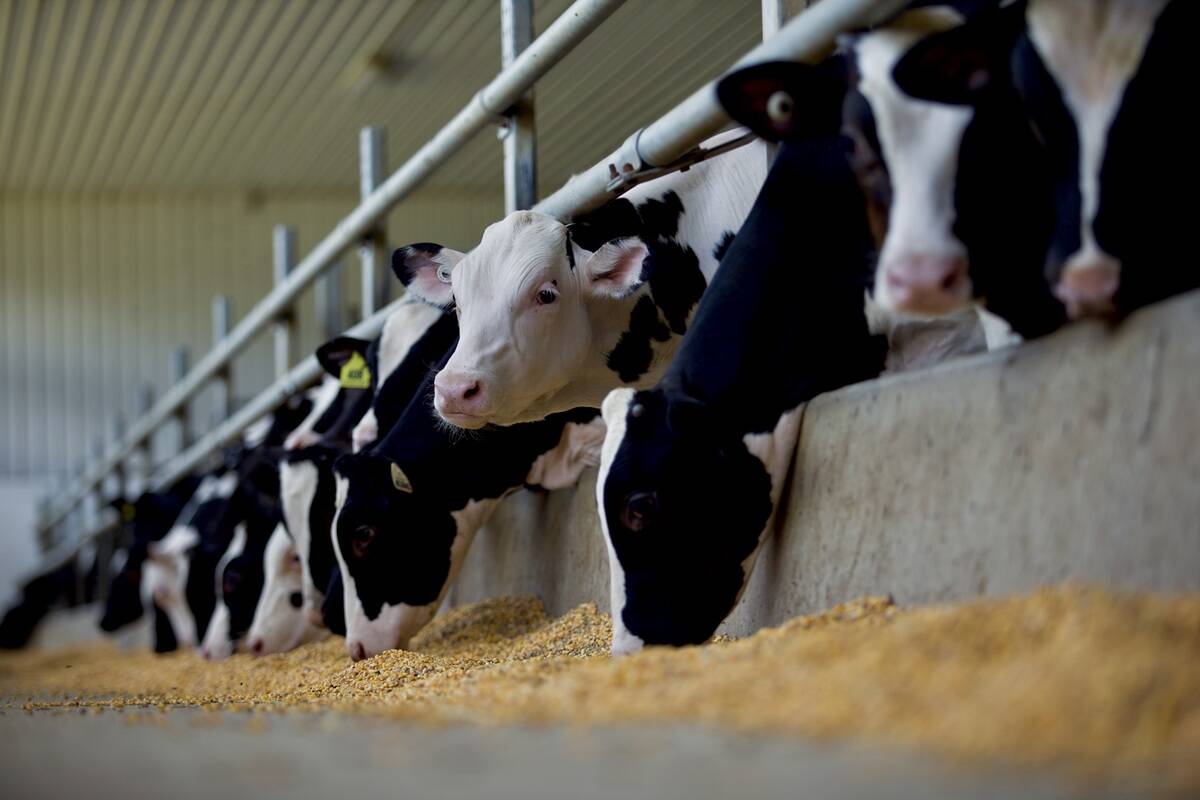Beijing | Reuters — China is facing outbreaks of a debilitating virus in cattle that causes a condition called lumpy skin disease, following an incident on a farm in the eastern province of Zhejiang this week, the agriculture ministry said on Wednesday.
On its website, the ministry of agriculture and rural affairs said five cases were found during June in the southern provinces of Guangdong and Fujian and the eastern provinces of Jiangxi and Anhui.
“The local area has effectively dealt with the epidemic,” the ministry said of this week’s incident. “It has killed two diseased cattle and disposed of them, and (the farm) has been thoroughly and completely disinfected.”
Read Also

Confusion cleared on Canadian calf import changes
A Canadian Food Inspection Agency (CFIA) announcement on import regulations for feeder calves caused some confusion on the administrative side of Canada’s cattle industry earlier this month
The disease does not affect people and is thought to be spread by flies or mosquitoes, causing nodules to form on the skin, with accompanying symptoms such as much lower milk production, but it is rarely fatal.
Taiwan also reported its first case of the disease this month on Kinmen Island.
Lumpy skin disease has never appeared in Canada, where it’s listed as federally reportable. The U.S., Brazil and Australia are among beef-exporting nations also considered free of the disease.
The disease is found throughout Africa and “has the potential to become established” off that continent, the Canadian Food Inspection Agency says.
The disease affects only cattle and European channel breeds such as Jersey, Guernsey, Friesian and Ayrshire are particularly susceptible, according to CFIA.
— Reporting for Reuters by Dominique Patton; includes files from Glacier FarmMedia Network staff.
















